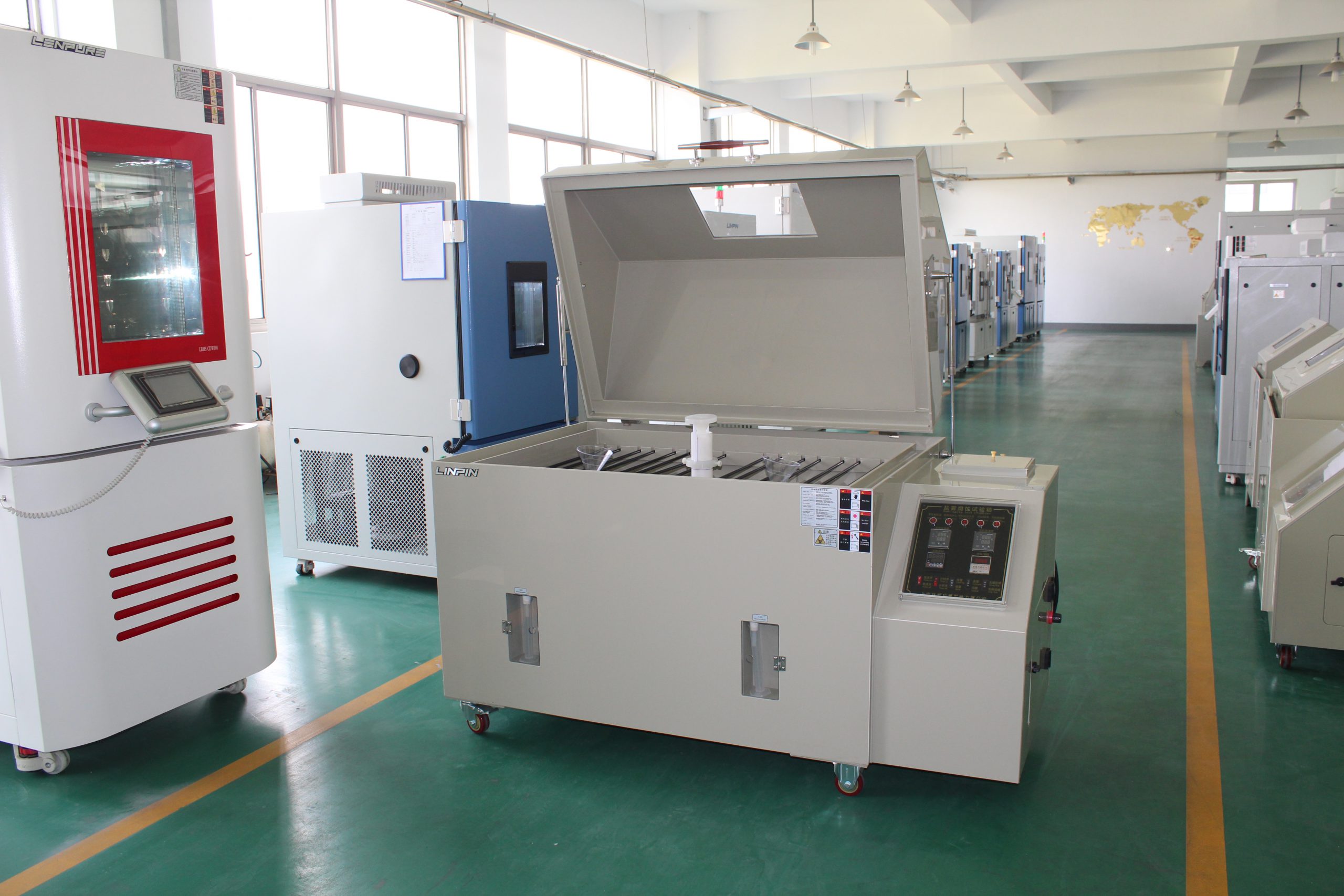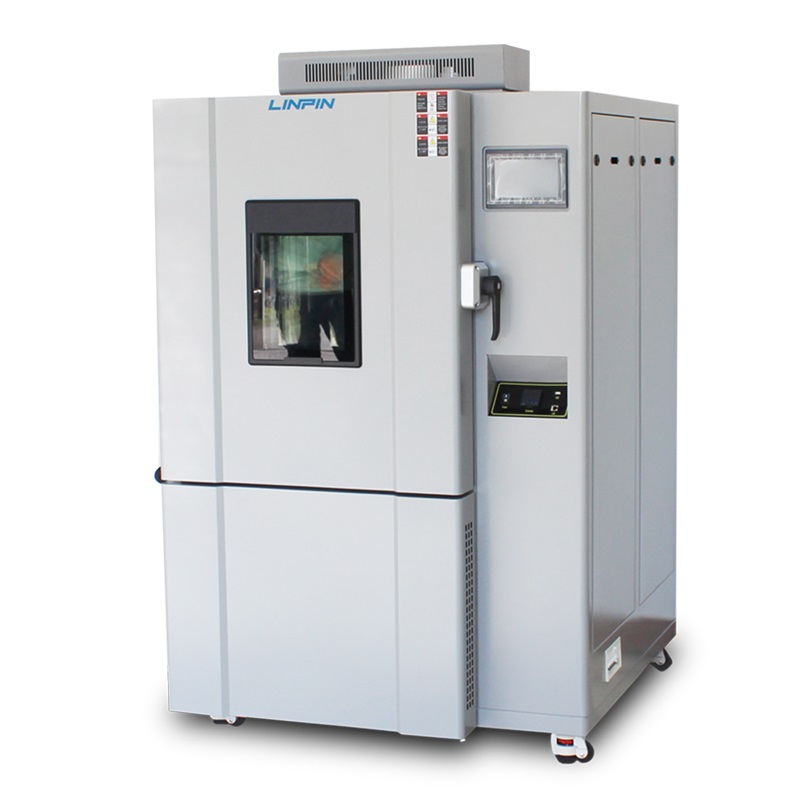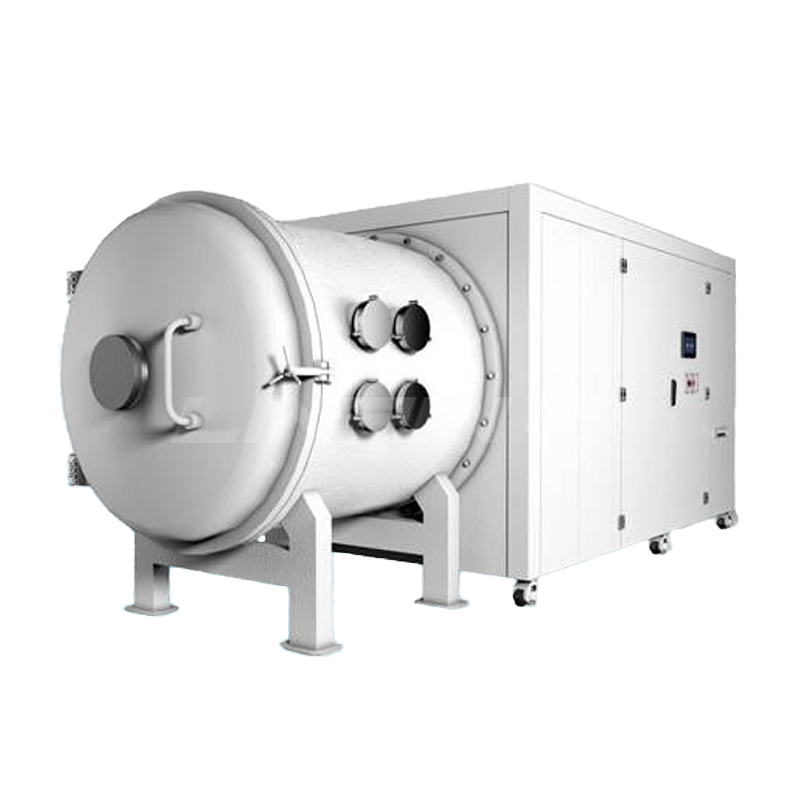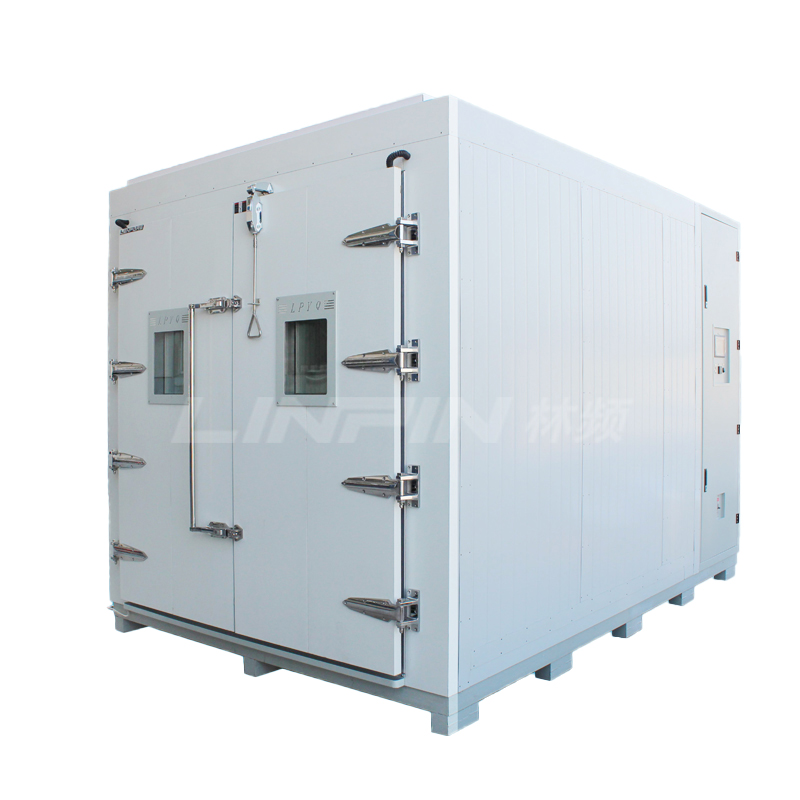Salt-Spray Testing Standards for New-Energy Battery Enclosures
Author:LINPIN Update Time:2025-08-14 Source:LINPINIn the age of new energy, battery safety and service life have become the decisive factors for product competitiveness. A battery enclosure must withstand mechanical impact, temperature swings, and, above all, corrosive environments—especially salt-spray attack. A non-compliant enclosure can lead to short circuits, performance degradation, or even safety incidents. This article zeroes-in on “salt-spray testing standards for new-energy battery enclosures,” giving you a complete grasp of test requirements, prevailing standards, and compliance essentials. It also shows you how professional testing and design improvements can keep your product ahead of the pack.
-
Why salt-spray testing matters Threats to battery enclosures: Coastal atmospheres, de-icing salts, and industrial pollutants accelerate corrosion of metals and coatings, compromising enclosure integrity and sealing. Business impact: Non-conforming products erode brand reputation, trigger large-scale recalls, inflate warranty costs, and create legal exposure. Salt-spray testing uncovers design, material, or coating flaws early, cutting downstream risk.

-
Key applicable standards (domestic and international) GB/T 10125 “Salt spray tests—Neutral salt spray (NSS) test”: The most-used neutral salt-spray method in China for evaluating corrosion resistance of metals and their surface treatments (coatings, electroplates, etc.). ASTM B117 “Standard Practice for Operating Salt Spray (Fog) Apparatus”: Globally prevalent, similar in approach to GB/T 10125, for assessing corrosion resistance of components. ISO 9227 “Corrosion tests in artificial atmospheres—Salt spray tests”: Offers NSS, acetic-acid, and copper-accelerated acetic-acid salt spray (CASS) variants for harsher corrosion evaluation. Customer-specific or industry requirements: EV or battery-system makers often stipulate test duration (72 h, 168 h, 500 h), test type (NSS, CASS), specimen pre-treatment, and acceptance criteria—always follow the contract.
-
Critical parameters and their impact on battery enclosures Salt-solution concentration and pH (typically 5 % NaCl, pH 6.5–7.2): Governs corrosion rate and morphology. Temperature and atomization rate (standard 35 °C ± 2 °C): Higher temperature speeds chemical reactions, affecting accelerated-test validity. Test duration (24 h, 72 h, 168 h, 500 h): Different checkpoints for short-term vs. long-term corrosion resistance; EV enclosures commonly require ≥168 h or higher grades. Specimen preparation and exposure mode (hanging, fixed angle, sealing state of joints): Determines result repeatability; strictly follow the standard. Evaluation criteria (red rust, rust-spread area, perforation, coating detachment, sealing-performance change): Directly decide pass/fail; align with customer technical requirements.

-
How to ensure enclosure compliance Material hierarchy: Stainless steel, anodized aluminum, or anti-corrosion-treated steel are preferred. Ordinary carbon steel demands enhanced anti-corrosion measures. Surface treatment optimization: High-quality electro-coat, powder coat, or plating (zinc, nickel) plus suitable post-treatments sharply improve corrosion resistance. Structural and sealing design: Eliminate water-trapping areas, optimize drain holes and sealing gaskets to prevent corrosion or water ingress at joints. Weld and joint protection: Apply anti-corrosion coatings or local overlays on weld seams to avoid corrosion initiation at heat-affected zones where coatings may be absent. Accelerated validation and batch control: Run NSS, CASS, and other variants during design validation, and enforce in-line QC and process monitoring in mass production.
-
Professional testing and compliance services Comprehensive salt-spray testing (NSS/CASS/acidic salt spray) with full reports meeting GB/T, ASTM, ISO, and customer-specific protocols. Failure analysis and improvement: If a test fails, provide surface analysis, SEM/EDS, cross-sectional examination, and coating-thickness mapping to pinpoint root causes and actionable fixes. Design review and material substitution: Recommend materials and processes tailored to the battery’s operating environment (coastal, cold, or industrial) to boost corrosion resistance at the source. Pre-launch pre-screening and batch monitoring: Establish sampling plans and on-line checks for key parameters to reduce lot-failure risk.
The new-energy revolution demands that every battery be both powerful and reliable—corrosion resistance of the enclosure is the first line of defense for safety and longevity. Mastering and rigorously enforcing salt-spray testing standards is not just a compliance obligation; it is the inevitable choice of being accountable to users and to your brand.





